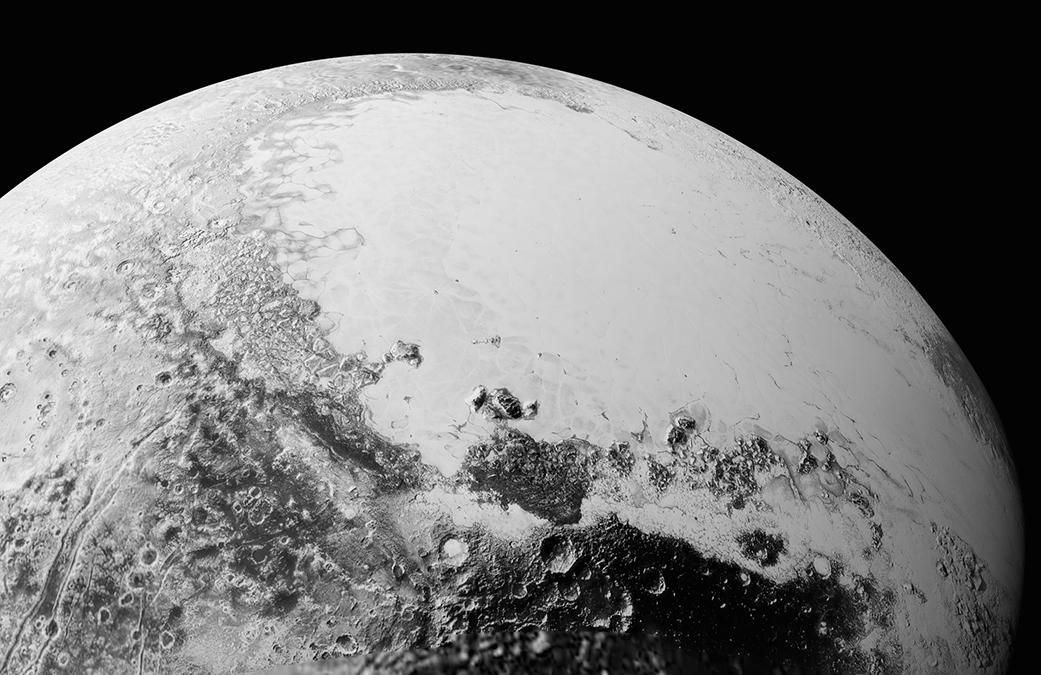Detailed Pluto Photos Reveal Dunes, Melted Plains and More
“If an artist had painted this Pluto before our flyby, I probably would have called it over the top — but that’s what is actually there.”
/https://tf-cmsv2-smithsonianmag-media.s3.amazonaws.com/filer/94/90/9490038e-eb16-459e-b146-3426475aa514/cover.jpg)
Deep craters, vast smooth plains, and potential wind-blown dunes make the face of Pluto far more varied than researchers expected, reports Stuart Clark for The Guardian. Every stage of the recent New Horizons spacecraft’s flyby of the dwarf planet has been met with delight and surprise by scientists and the public alike. But the latest images have scientists "reeling," according to a press release from NASA.
“Pluto is showing us a diversity of landforms and complexity of processes that rival anything we’ve seen in the solar system,” says New Horizons Principal Investigator Alan Stern, of the Southwest Research Institute (SwRI), Boulder, Colorado, in the release. “If an artist had painted this Pluto before our flyby, I probably would have called it over the top — but that’s what is actually there.”
The latest images are part of the planed 16-month download and reached Earth last weekend, Clark reports.
“The randomly jumbled mountains might be huge blocks of hard water ice floating within a vast, denser, softer deposit of frozen nitrogen within the region informally named Sputnik Planum," says Jeff Moore, leader of the New Horizons Geology, Geophysics and Imaging (GGI) team at NASA’s Ames Research Center in Moffett Field, California. The heavily cratered regions are likely the oldest, according to the press release. The smooth plains include massive nitrogen ice flows, but are etched with strange troughs. Exactly what may have smoothed the surface of these plains isn’t yet clear, but the lack of craters spotting them makes researchers think that Pluto may yet have active geological processes at play.
The dune-like features present another mystery. For the dwarf planet to have wind to sculpt the features, it would also need a thicker atmosphere than it has as present. Other images do show that the haze surrounding the icy, rocky body has more layers than expected. "[T]he haze actually creates a twilight effect that softly illuminates nightside terrain near sunset, making them visible to the cameras aboard New Horizons," the press release notes.
While the images are stunning enough from an aesthetic point of view, they are sure to offer researchers the opportunity to learn more about how Pluto’s features came to be.



